Mainz on the Rhine
Anyone who would follow the crazy idea of making a boat tour from Lake Constance to the North Sea, would pass the harbour of Mainz about halfway through the journey, at the 500th km marker on the Rhine. Our beautiful city also features another special property: the 50th parallel north runs through it.
The landscape of the region of Rhine–Hessen around Mainz is inviting not only to lovers of wine, but those who like to walk the countryside. The Rheingau region on the Hessian side of the Rhine also tempts with beautiful landscapes and a good wine, too. Nonetheless, our Rhine-Hessen wine will always prove its superiority, even in smallest sips.
Anyone not satiated by the cities of Mainz or Wiesbaden can take a rail trip to the grand metropolis of Frankfurt.
Get to know our beautiful city of Mainz.
The historic buildings, monuments and museums of Mainz are witnesses of the diverse and rich history of our city. Should you study the numerous historic buildings, you would find out a lot about the two millennia of our city’s history. The Roman temple, the palaces of the nobility, the Cathedral and the blue stained-glass windows by Marc Chagall are the highlights among many other notable POIs.
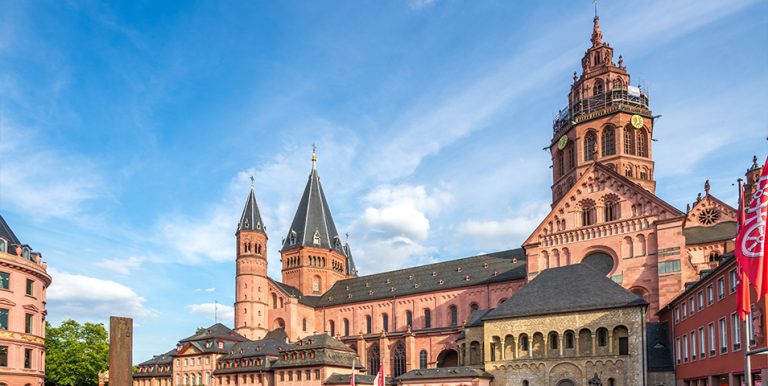
Mainz Cathedral
One will find a thousand years’ worth of history at St. Martin’s Cathedral, or Mainz Cathedral. Its outside image changed as time passed, and now shows elements of Romanticism, Gothic and Baroque architecture. However, the museum of the cathedral and the diocese are also worth a visit. The exhibit shows art work from two millennia that once were on display at the Cathedral.
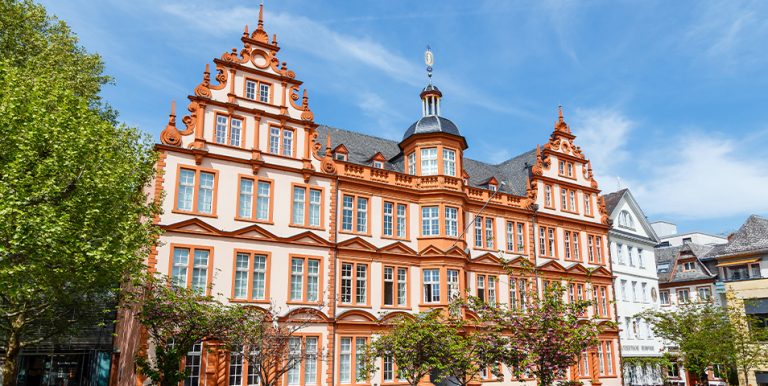
Johannes Gutenberg
Johannes Gutenberg is considered to be the inventor of modern book printing with his movable type, and was most likely born in Mainz. The citizens honour their greatest son of the federal state capital not only with a holiday — the Johannisfest — but also with many monuments and the renowned Gutenberg Museum. Beside the standing exhibit, where visitors may see, among others, the originals of the Gutenberg Bible, there are many special exhibits created regularly. The print shop allows the visitors to try and print something themselves.
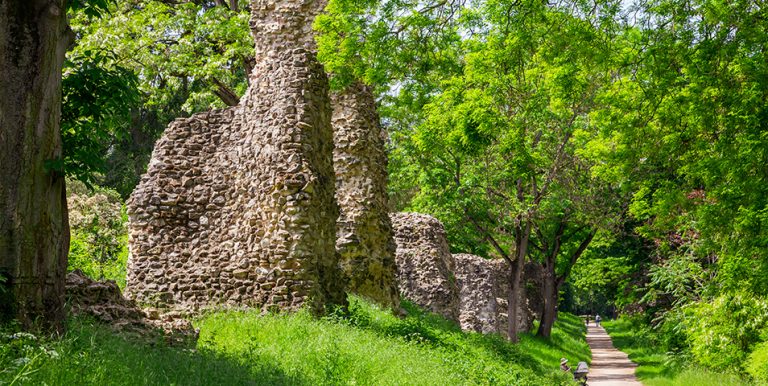
The Romans in Mainz
Even the Romans valued the location of the city as they came to the Rhine in about 52 BCE. A place named ‘Mogontiacum’ had originally been founded in 13/12 BCE as a legion camp and quickly developed into a settlement. Five hundred years’ history left significant traces behind and now makes the heart of anyone interested in Roman history beat faster. In this regard, the Museum of Ancient Seafaring is not the only interesting location. It showcases, among others, a shipwreck and two precisely recreated military ships. The Sanctuary of Isis and Magna Mater under the Römerpassage centre are also fascinating. In addition, the stone work left by the Romans (remains of an aqueduct), a Roman stage theatre, the Drususstein (Drusus Stone) and a few more traces all indicate the presence of Romans. There is much more to see in this area at the Central Roman and Germanic Museum.
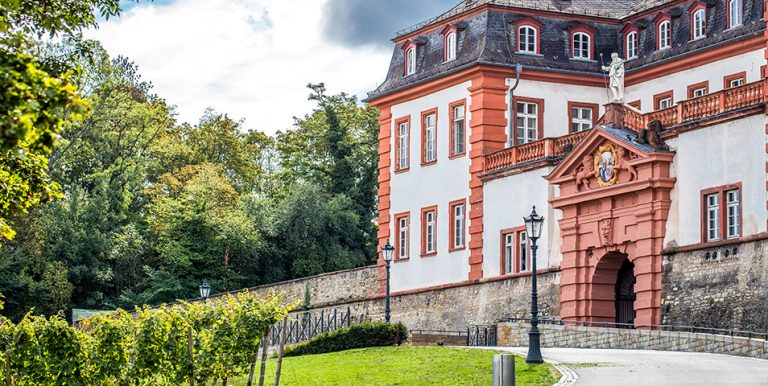
The Citadel
Mainz Citadel is located on Jakobsberg hill, just beside the Roman theatre. The structure was a part of the fortress of Mainz and was built in its current form around the year 1660. The monument devoted to the then-leader Drusus, built by Romans, the core of which survives to the present day as the Drususstein, suggests that this location was valued even back then. The site and the surroundings are witnesses of the city’s history in the smallest available space: Beginning with the Roman monument, moving on to the barracks from the time of the federal fortress in the 19th century, all the way to the air raid bunkers of World War II. The area today is not just a museum, and some city offices are located here; it is also the place where some events are held.
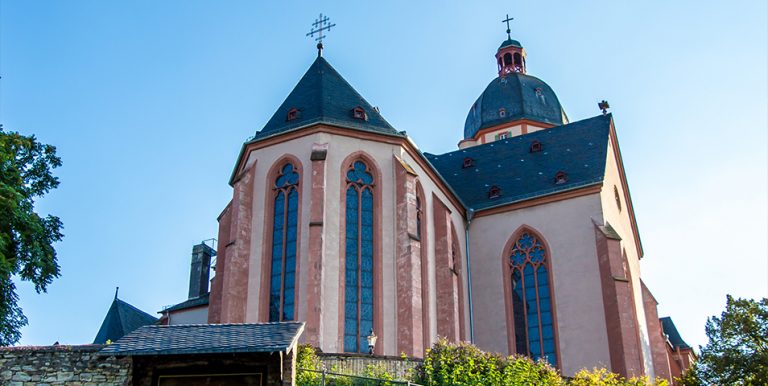
St. Stephan’s Church and the windows by Marc Chagall
In the year 990 CE, the catholic parish church was founded by archbishop Willigis on the city’s tallest hill. Today, it appeals with the beauty of the windows by Marc Chagall — 200,000 visitors come to see them every year. It is the only German church, for which a Jewish artist had created windows. Beside the famed Chagall windows, do not forget to visit the late-Gothic gardens of the Rhineland and Palatinate regions.

Carnival Fountain and Schiller Square
Where would the locals be without the carnival? Naturally, the citizens of Mainz devoted more than a monument to their favourite festival. They devoted an entire museum. Not that far from the zany fountain with its over 200 playful figures, there is the carnival museum. Schiller Square itself is a great place to relax after a long day.
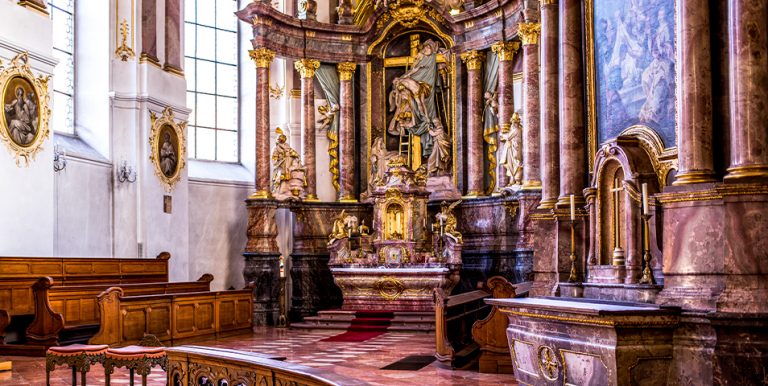
St. Augustin’s Church
St. Augustin’s Church, in Augustinerstrasse, just beside out location, is almost invisible. The church belonged once to the local Augustinian hermits, and today is the seminarian church of the seminary of the Roman Catholic diocese of Mainz. Behind the almost unnoticeable sandstone portal, one will find a beautifully arranged rococo interior. As the church was almost completely spared during World War II, many of its original elements may be seen there.
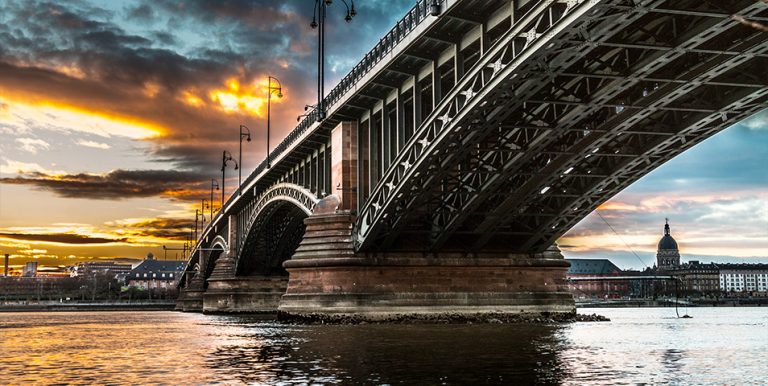
City oases
(Rhine banks, the Volkspark, the botanical garden)
Mainz has many wonderful corners and locations to spend a cosy afternoon or take a walk in the city. The Rhine banks are a particularly homely attraction in summer. Be it a boat ride or just a place to sit in comfort, here you have no limits to your creativity. However, if anyone would prefer it green, consider the Volkspark of Mainz or the botanical garden.
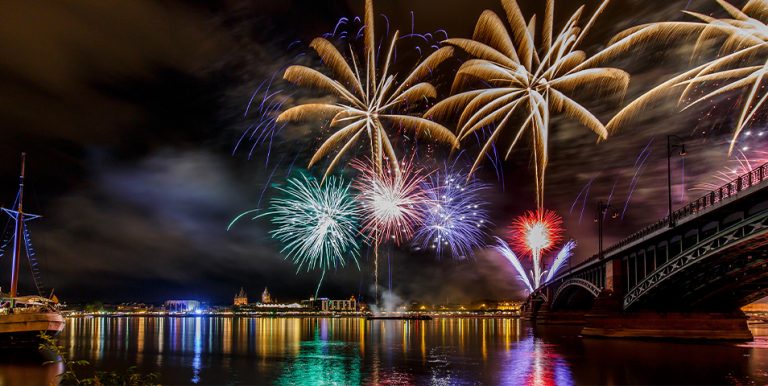
Johannisfest
Annually, since 1968, Mainz celebrates on the fourth weekend of June the name day of the discoverer of movable type printing press, Johannes Gutenberg. The festivities were first organised on the 500th anniversary of the death of the city’s greatest son, and has since developed to be one of the three largest popular festivities of the city, beside the carnival of Mainz and the wine market. For four days, the inner city becomes an enormous festival ground. There is a lot going on on the stage — or even eight stages — all the way to Germany’s largest antique book market, the artists’ market and numerous exhibits, as well as traditional attractions such as the ‘Gautschen’ (couching) in the Liebfrauenplatz. Everyone will find something for themselves here.
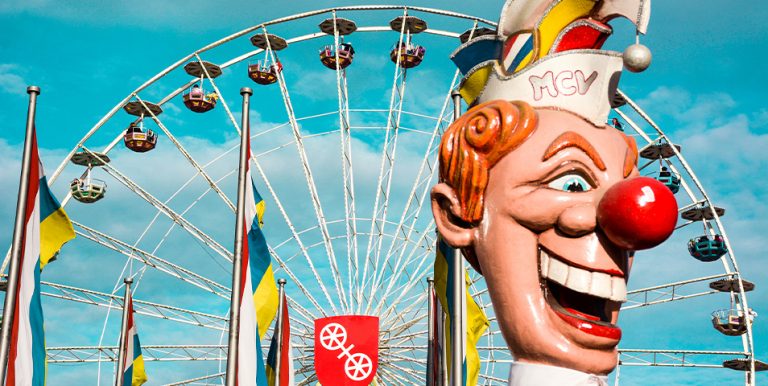
Carnival
The true Meenzer (as the locals call themselves) will never forget the carnival, which some consider the fifth season of the year. This may sound surprising, however, if you experience it personally, it will become instantly clear that there is a unique state of exception in the streets of Mainz between Fat Thursday and Ash Wednesday. Beside the indoor events with many stage shows, the street carnival also plays an important role. Jesters of all genders arrive from near and far to enjoy the highlights, such as the Shrove Monday procession or the ball of the prince guard in the Rheingoldhalle, i.e. the largest masked ball in the Rhine–Main region.
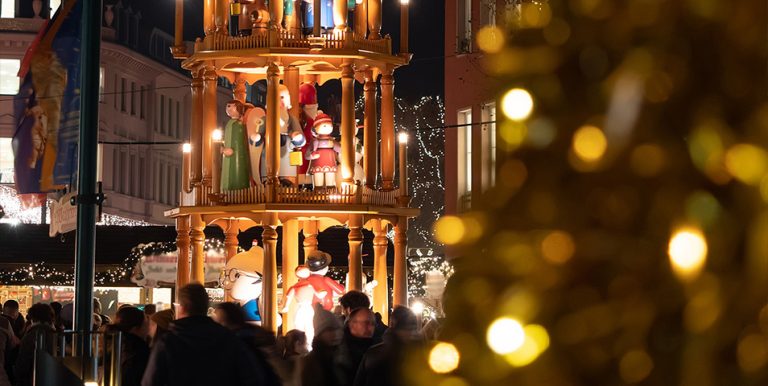
Christmas Market
The Christmas market of Mainz was first celebrated in 1788 as ‘Nikolose-Markt’. Beside the many stalls filled with handicraft, sweet treats and mulled wine, the Christmas village today provides a stage show and a nativity set with life-size wooden figures. Just beside the Höfchen Square, you will find the eleven-metre tall, richly decorated Christmas pyramid, and you will be watched by a grand Nutcracker statue from the Market fountain. It is best to fuse a visit to the Christmas market with a stroll around the beautifully decorated streets of the inner city and the old town.
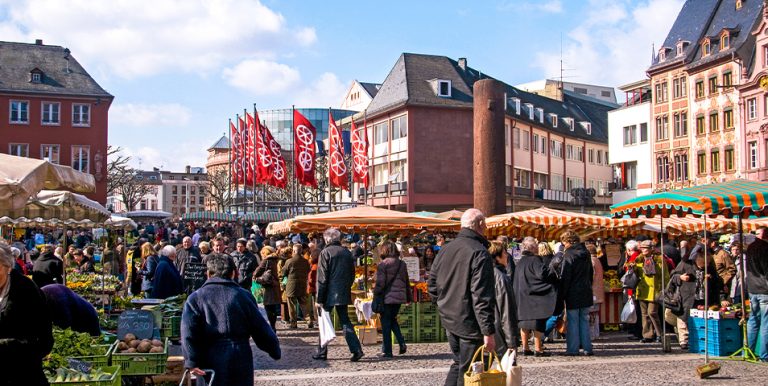
Market breakfast
The weekly market of Mainz will allow you to get a fresh, seasonal, local breakfast on Tuesdays, Fridays and Saturdays between 7.00 AM and 2.00 PM. On every Saturday between March and November, you will also be able to enjoy the special market breakfast. While Bavarians sit down for white sausage and beer for breakfast, the Mainz residents enjoy ‘Weck, Worscht und Woi’ (a roll, sausage and wine). Get spirited away by the traditional food of the Rhine–Hessen region in a unique atmosphere.

